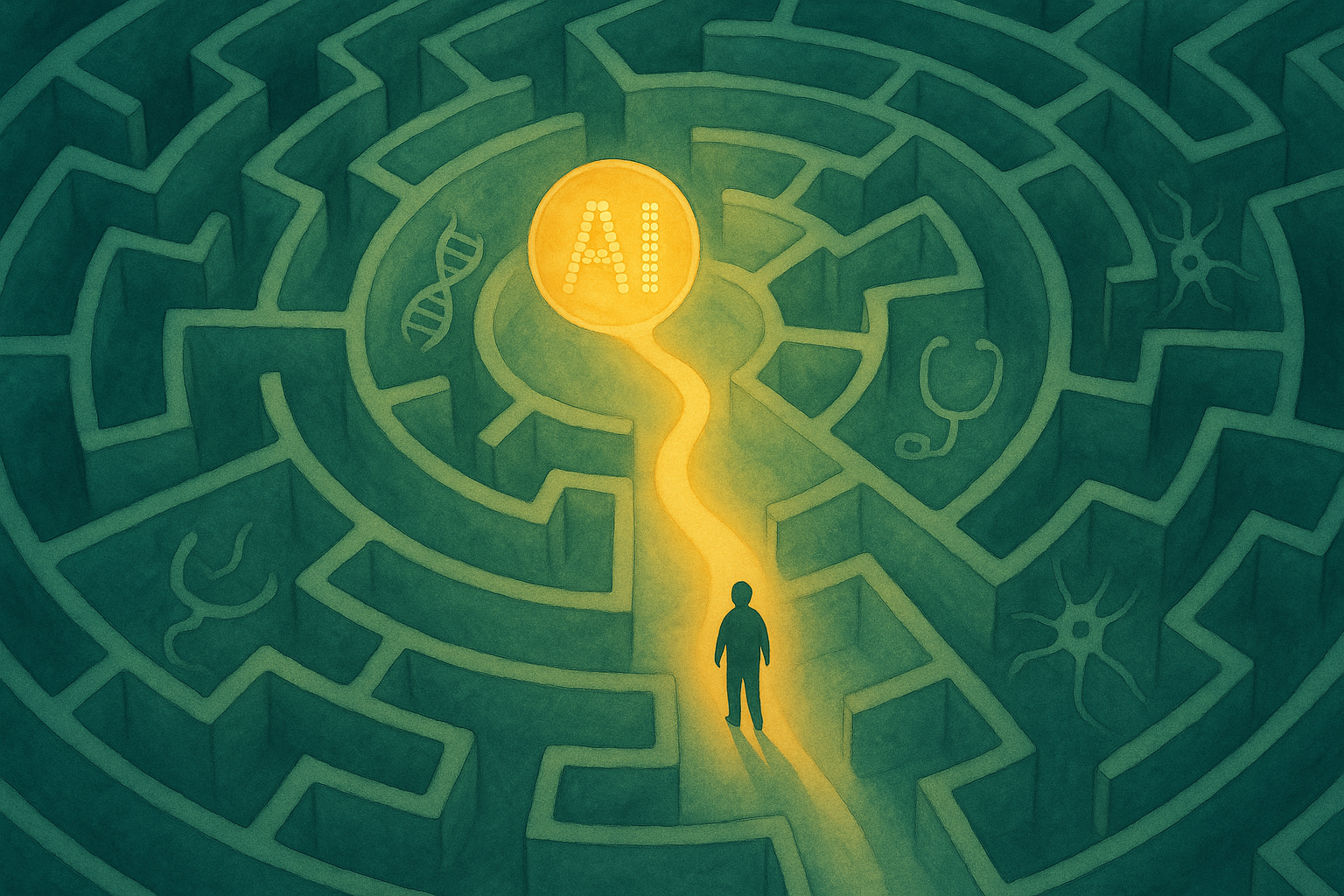What if we could teach a computer to understand the complex language of our cell expressions? This is the core idea behind C2S-Scale. It is a new AI framework from researchers at Yale and Google. This powerful tool gives scientists a new way to explore biological data at an unprecedented scale. By decoding cellular patterns that would take humans years to analyze, C2S-Scale helps researchers identify disease mechanisms faster and accelerate the discovery of new therapies.
How Does C2S-Scale Work?
So, what is this new technology? Think of the C2S-Scale model as an advanced translator. It takes massive amounts of data from single-cell RNA sequencing. Then, it converts this information by ranking genes from most to least active. This process creates a simple, text-based “cell sentence.” Because the data is now text, a Large Language Model (LLM) can read it. This effectively teaches the AI to understand our biology.
What This Means for Our Community
The C2S-Scale model innovation is especially meaningful because of its massive scale. The model was pre-trained on a public dataset of approximately 57 million cells. Therefore, it has learned the fundamental rules of cellular biology. This foundation allows it to show remarkable performance. For example, it can classify different immune cell types with over 95% accuracy, outperforming previous specialized models.
This deep understanding has already led to a tangible discovery. The model successfully predicted that the drug combination silmitasertib and interferon could make immunologically “cold” tumors more visible to the immune system. This key hypothesis was later validated in a lab, demonstrating the model’s potential to generate testable new ideas and accelerate the R&D process.
Asking the Right Questions
Of course, with any new tool, we must ask critical questions. For instance, the model cannot see a genetic mutation directly in the DNA, which is known as the genotype. Instead, it analyzes the downstream effects on gene expression the cellular phenotype. This is a crucial distinction. It helps us understand that C2S-Scale is a tool for interpreting the consequences of a disease, not for reading the initial genetic cause. For this reason, we need a balanced look at its capabilities and limitations.
Learn More on the March Forward Podcast
The C2S-Scale model represents a significant new tool for scientific discovery. It offers a powerful way to accelerate research and the search for new therapies. However, understanding what this truly means requires a deeper conversation.Want to explore how this technology really works?
Join us on the March Forward podcast for an in-depth look. We break down its promise for rare diseases, discuss its important limitations, and explore what it could mean for the future of medicine.
Sources:
- van Dijk Lab. (n.d.). Scaling Large Language Models For Next-Generation Single-Cell Analysis (Cell2Sentence-Scale). van Dijk Lab @Yale.Link: https://www.vandijklab.org/c2s-scale
- Patel, A. (2025, April 17). C2S-Scale Preprint released! van Dijk Lab @Yale.Link: https://www.vandijklab.org/news/c2s-scale-preprint-released
- Rizvi, S. A., Levine, D., Patel, A., et al. (2025). Scaling Large Language Models for Next-Generation Single-Cell Analysis. bioRxiv. doi:10.1101/2025.04.14.648850v2.Link: https://www.biorxiv.org/content/10.1101/2025.04.14.648850v2.full
- Levine, D., Rizvi, S. A., Lévy, S., et al. (2024). Cell2Sentence: Teaching Large Language Models the Language of Biology. PMC. PMCID: PMC11565894.Link: https://pmc.ncbi.nlm.nih.gov/articles/PMC11565894/
- Rizvi, S. A., Levine, D., Patel, A., et al. (2025). Scaling Large Language Models for Next-Generation Single-Cell Analysis. bioRxiv. doi:10.1101/2025.04.14.648850v2.Link: https://www.biorxiv.org/content/10.1101/2025.04.14.648850v2.full.pdf
- Subramanian, I., Verma, S., Kumar, S., et al. (2020). Multi-omics Data Integration, Interpretation, and Its Application. Bioinformatics and Biology Insights, 14. PMCID: PMC7003173.Link: https://pmc.ncbi.nlm.nih.gov/articles/PMC7003173/
- Levine, D., Rizvi, S. A., Lévy, S., et al. (2024). Cell2Sentence: Teaching Large Language Models the Language of Biology. PMC. PMCID: PMC11565894.Link: https://pmc.ncbi.nlm.nih.gov/articles/PMC11565894/
